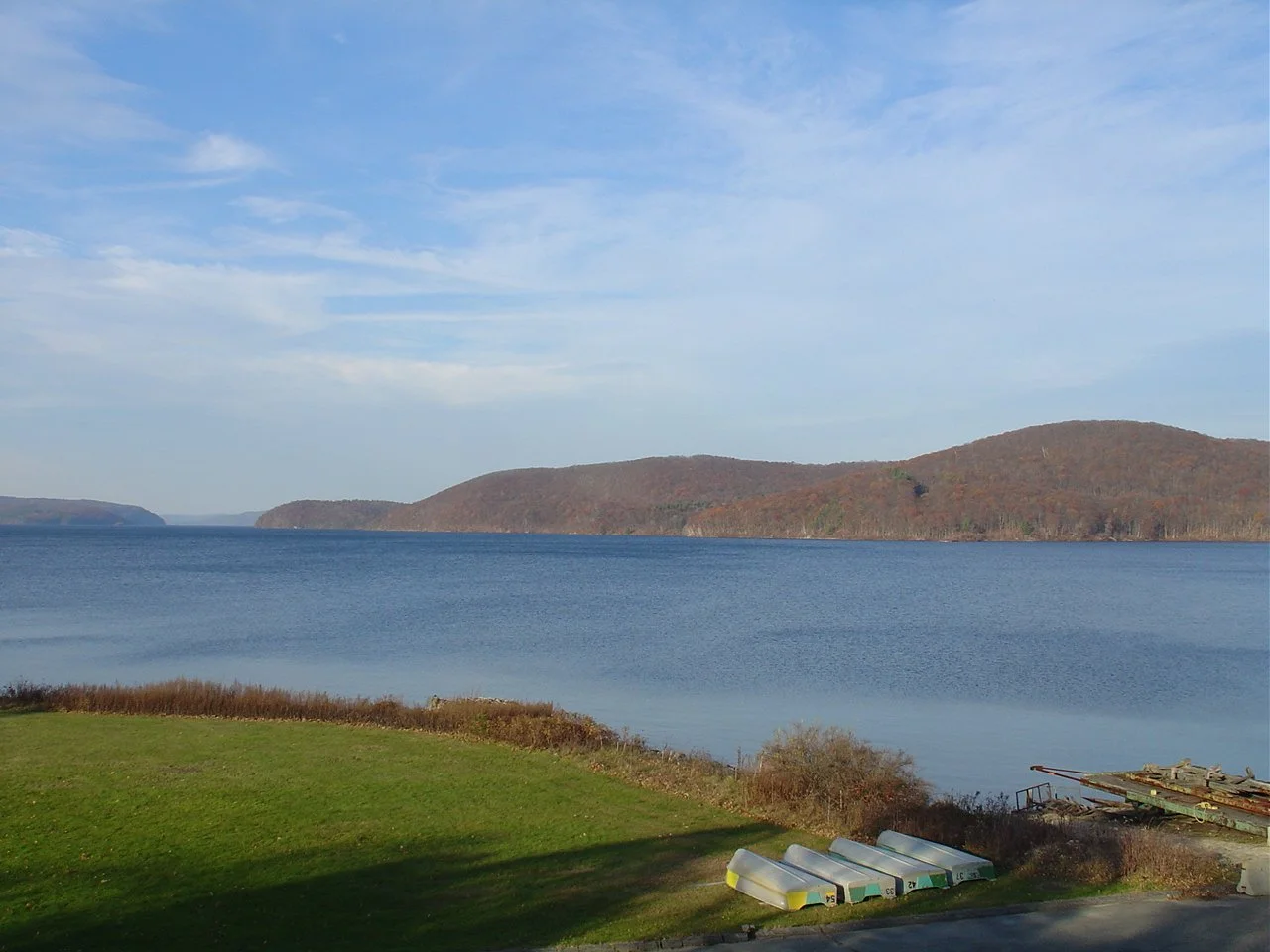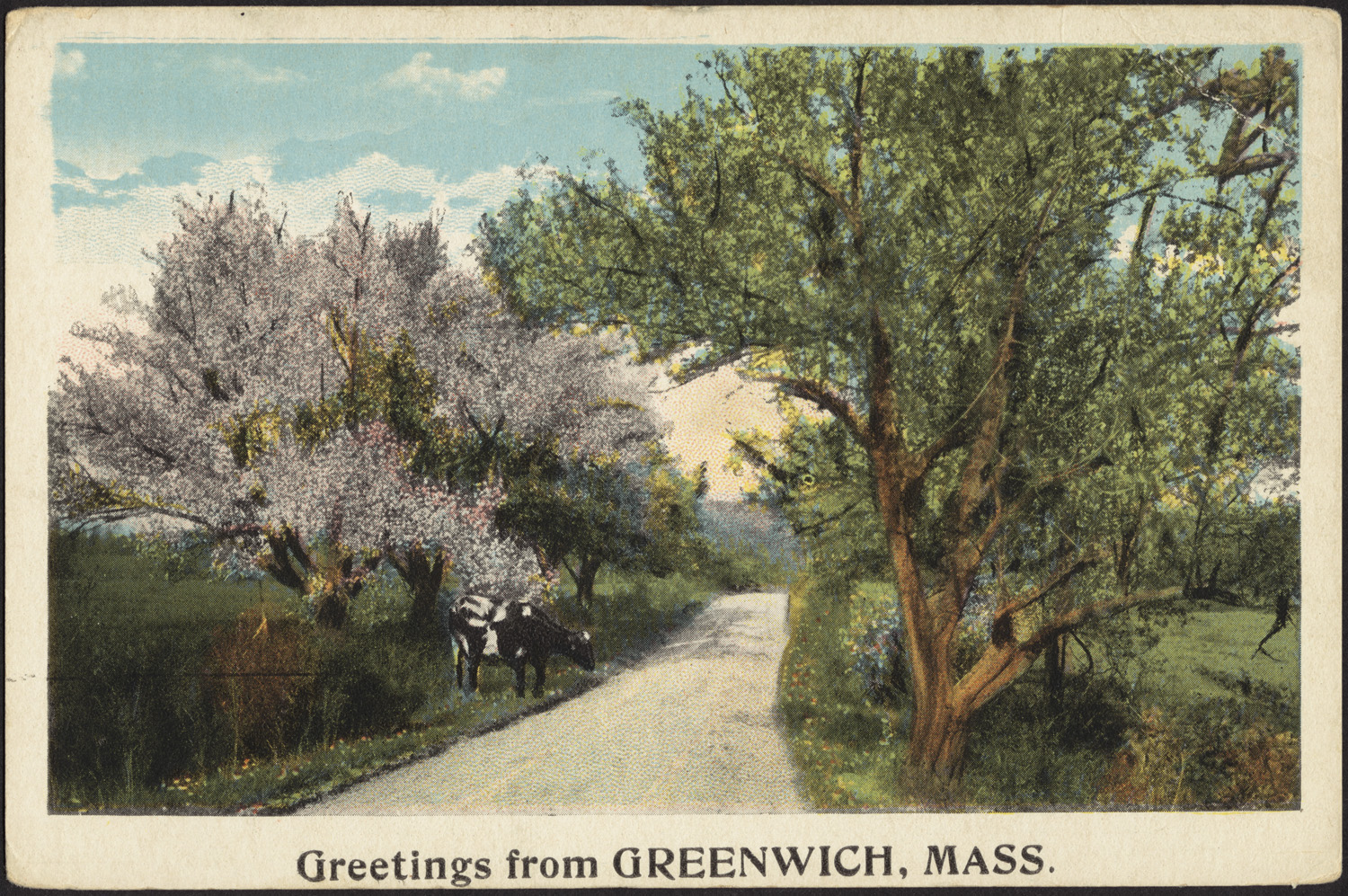
Projecting our drinking-water needs in a warmer and wetter climate
Adapted from Robert Whitcomb’s “Digital Diary,’’ in GoLocal24.com
Discussions come up from time to time about whether to create another Rhode Island state reservoir, in the Big River Management Area, to supplement the Scituate Reservoir. To be useful they must consider scientifically and actuarily based projections of the effects of global warming as well as of population growth.
Given that New England is expected to become wetter over the next few decades, will the Ocean State really need another big reservoir? Maybe. A Big River Reservoir would apparently be mostly for the fast-developing southern part of Rhode Island, and development pressures around here will probably increase as Americans move north from the Sun Belt, where climate change will be more onerous than in the Northeast. Further, the heavy draw on ground water in South Country threatens to increase salt-water intrusion into coastal towns’ wells.
In any event, making projections of global-warming effects is becoming a big industry, with many consulting firms making a good living on it, and new public programs, such as the American Climate Corps, are being created to deal with it. By the way, I noticed in The Boston Guardian the other day that that city will be updating its evacuation routes for storms and other emergencies.
The challenge has been heightened by the development of the city’s Seaport District, which is virtually at sea level, as is downtown Providence. Will the Seaport District become the Venice of the Northeast?
Hit these links:
https://turnto10.com/news/videos/federal-government-put-the-kibosh-on-big-river-reservoir
http://www.wrb.ri.gov/policy_guidelines_brmalanduse.html
https://read.thebostonguardian.com/the-boston-guardian#2023/10/06/?article=4159446
This from Reuters:
“Energy companies, hedge funds and commodity traders are stepping up their use of financial products that let them bet on the weather, as they seek to protect themselves against - or profit from - the increasingly extreme global climate.’’
See:
Summertime, and the living is easy?
— Photo by Robert Jack
Adapted from Robert Whitcomb’s “Digital Diary,’’ in GoLocal24.com
I suspect that many year-round residents of, say, Newport and Cape Cod are already impatiently counting the days until the summer residents and vacationers leave, despite all the money they bring in (along with resort area gridlock).
Despite some brief thunderstorm-spawned downpours, much of New England is in a moderate drought. But there can be a good side to this: Fruits such as apples, grapes (ask wine makers) and peaches are a little smaller than usual but tastier in dry (but not too dry) summers.
Meanwhile, New Englanders should be thankful that its big sources of publicly owned fresh water, such as the Quabbin and Scituate reservoirs, are in no danger of drying up, unlike the water disaster Out West, which may well eventually lead to massive migration to wetter and cooler places.
And now the lilies are wilting along the roads. While global warming is extending our summers, if you’re over a certain age they still seem to go by a bit faster every year.
With New England’s hurricane season coming (mostly August and September), people in such low-lying places as Barrington and Warren, R.I. and the head of Buzzards Bay might want to consult a book I’ve mentioned here before that tells of how some of us will have to learn how to live not only along the water but over the water as seas continue to rise with global warming. The book, again, is More Water Less Land New Architecture: Sea Level Rise and the Future of Coastal Urbanism, by architect Weston Wright.
The beautiful Quabbin Reservoir, in central Massachusetts. Copious fresh water is more valuable than copious petroleum.
— Photo by Solarapex
Getting lost in time
The New England Cement Company Kiln and Quarry historic site in Woodbridge, Conn., a busy place in the 19 Century.
This postcard from the early 1900s depicts the bucolic community of Greenwich, Mass. – one of the four towns lost in the 1930s with the creation of the Quabbin Reservoir.
“There is a house that is no more a house
Upon a farm that is no more a farm
And in a town that is no more a town.
The road there, if you'll let a guide direct you
Who only has at heart your getting lost,
May seem as if it should have been a quarry -
Great monolithic knees the former town
Long since gave up pretense of keeping covered.’’
— From “Directive,’’ by Robert Frost
A blow to Mass. ecosystem
Timber rattlesnake well camouflaged on fallen leaves.
It’s too bad that Massachusetts officials have chickened out for now on a plan to create a colony of endangered timber rattlesnakes on uninhabited (by people)_ Mt. Zion Island in the Quabbin Reservoir. These creatures were once an important part of the ecosystem of the area, in part, believe it or not, as food for eagles and other creatures. They also helped control rodent populations, including deer mice, which host Lyme disease-carrying deer ticks.
You can't remove one part of an ecosystem without affecting the rest of it.
Their presence on the island would have also helped protect this little bit of wilderness by scaring off the worst and messiest predators in the area – people.
This island would be too exciting for picnicking
There’s been a bit of a rumpus about a proposal by Massachusetts conservation officials to introduce the endangered Timber Rattlesnake on Mount Zion Island in the Quabbin Reservoir. The island is closed to public access.
This is an animal native to the Bay State, in which there are only five surviving populations, spread out from the New York border in the southern Berkshires, east to the Blue Hills, just south of Boston. This species has had the greatest modern decline of any native reptile in the Bay State and is a high conservation priority species for the state Division of Fisheries and Wildlife (MassWildlife).
The Quabbin Reservoir is also the site of MassWildlife's nationally known and successful American Bald Eagle restoration project.
Mankind keeps destroying species. But all life is inter-connected. We destroy species to our long-term peril. Housing the rattlers on Mount Zion seems a responsible way of helping to save this species, which is beautiful in its way. And the presence of the rattlers on the island would definitely discourage humans from landing there and littering it. A slight whiff of terror would be good for the preservation of the wildlife of the island (the vast majority of which would not be bitten by the rattlers) and indeed the whole Quabbin eco-system.
Now to reintroduce mountain lions to Great Blue Hill, overlooking Boston? They like hilly places with caves. Just kidding, but they'd be prettier than the ski lift there.







